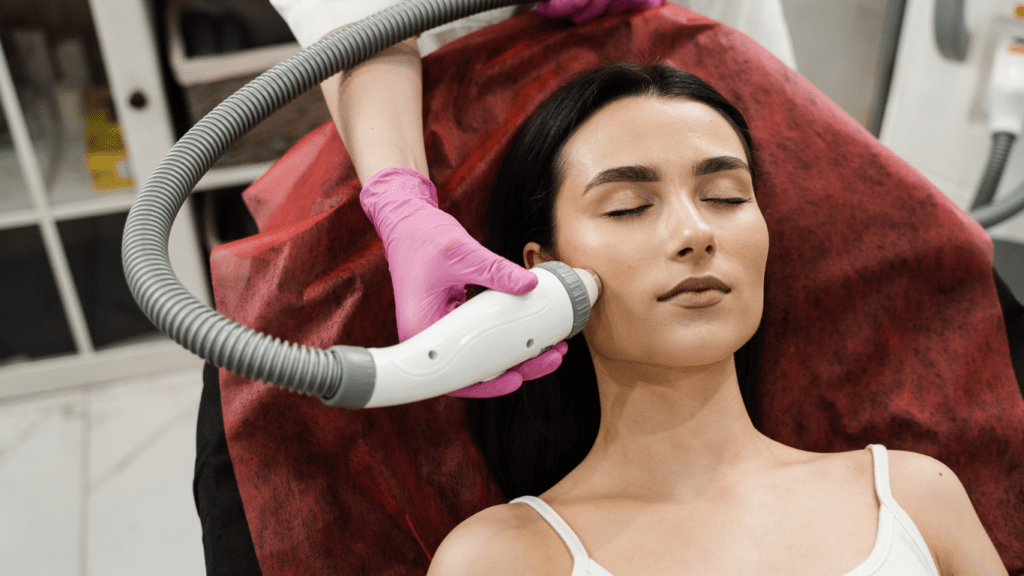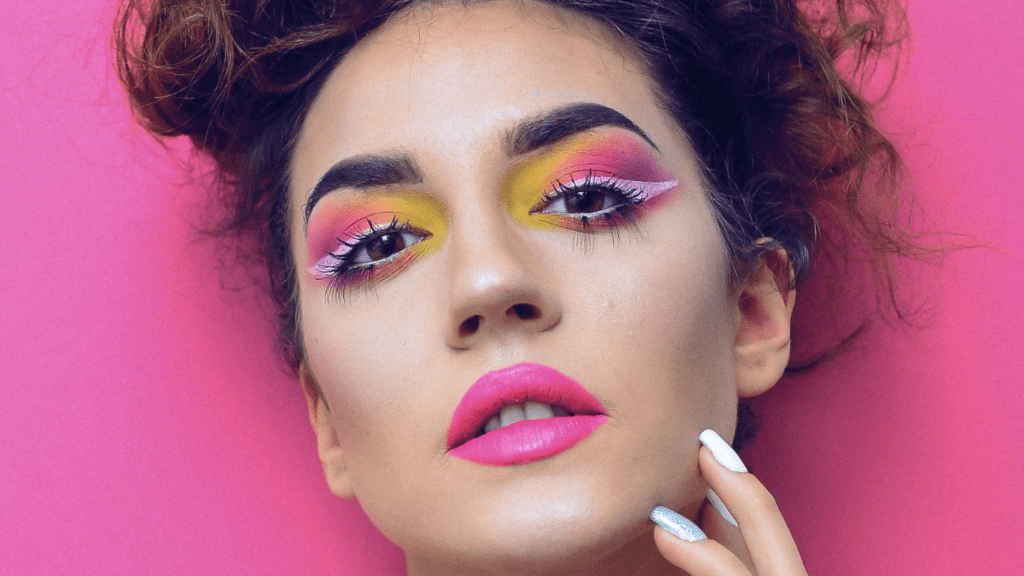The Evolution of Beauty Standards
Social media reshapes beauty standards across various channels. Historically, beauty norms leaned heavily toward Eurocentric ideals. High cheekbones, slim figures, and light skin dominated mainstream narratives. However, platforms like Instagram and TikTok have democratized these ideals. Voices from diverse backgrounds now gain prominence, challenging old norms.
This evolution isn’t sudden but gradual. Influencers with unique features gain followers and challenge conventional beauty norms. For instance, models with albinism or vitiligo receive broad acceptance, showcasing beauty’s diverse spectrum. Social media provides a platform where individuality thrives, promoting various beauty ideals.
Current beauty standards lean toward authenticity. Users prefer real, unfiltered images over airbrushed perfection. The trend of “no-makeup” makeup looks, where minimalism becomes a statement, gains traction. Hashtags like #nofilter and #bodypositivity dominate conversations, encouraging self-acceptance and authenticity.
Technological advances also influence beauty standards. Filters, AR effects, and editing tools shape perceptions. While these tools enhance creativity, they also pose risks. Unrealistic beauty standards can emerge when overused. Balance remains crucial to prevent distorted perceptions.
Brands adapt to these evolving standards. Inclusivity campaigns and diverse product lines are now common. Companies like Fenty Beauty and Glossier embrace diversity, offering products for various skin tones and types. This inclusivity reflects social media’s broad reach and evolving consumer demands.
Peer influence on social media can’t be overstated. Likes, comments, and shares reinforce certain beauty trends. Viral challenges and makeup tutorials quickly set new standards. As platforms continually innovate, these influences will continue reshaping beauty norms.
Role of Influencers
Social media influencers play a crucial role in shaping beauty trends. They reach millions of followers and set new standards of beauty.
Celebrity Endorsements
High-profile celebrities often set beauty trends through endorsements. When a celebrity promotes a skincare product or makeup brand, it immediately skyrockets in popularity. Rihanna, Kylie Jenner, and Selena Gomez endorse their beauty lines, creating significant buzz. Their influence extends across various demographics, making their endorsements powerful marketing tools.
Rise of Micro-Influencers
Micro-influencers, with 10,000 to 100,000 followers, wield substantial influence. Their engagement rates typically surpass those of celebrities, making them valuable for brands targeting niche markets. They often review indie brands and affordable products, appealing to a budget-conscious audience. Micro-influencers build close-knit communities, fostering trust and authenticity among their followers. These qualities make them instrumental in driving beauty trends.
Celebrity endorsements and micro-influencers together create a dynamic force in the beauty industry.
Social Media Platforms Shaping Trends

Social media platforms like Instagram and TikTok are central to modern beauty trends. They’ve transformed how beauty is perceived and shared globally.
Instagram dominates the beauty trend landscape. Its visual-centric platform encourages users to share makeup tutorials, skincare routines, and product reviews. High-quality images and short videos drive immense engagement. Beauty influencers and celebrities use Instagram to showcase new products. For example, Rihanna’s Fenty Beauty launches often create viral trends. Instagram Stories and IGTV enable real-time interactions, making it easier for users to adopt new trends quickly. Influencer partnerships with brands amplify visibility, driving sales and setting new beauty standards.
TikTok
TikTok’s rapid rise impacts beauty trends significantly. Its short-form video format resonates with younger audiences. Viral challenges and hashtag campaigns like #skincare and #MakeupTutorials make beauty content more accessible. TikTok’s algorithm curates personalized content, promoting emerging trends to a wide audience. The platform’s creative tools, including filters and effects, allow users to experiment with new looks. Beauty brands collaborate with TikTok influencers for product launches. For instance, brands like e.l.f. Cosmetics leverage TikTok’s unique engagement to drive trend adoption and consumer interest.
Consumer Behavior and Perceptions
Social media greatly influences how consumers think about beauty and their purchasing decisions. Analysis shows noticeable changes in buying habits and self-image.
Changing Buying Habits
Consumers increasingly rely on social media for beauty purchases. Platforms like:
- TikTok
provide instant access to product reviews, tutorials, and endorsements. Research by GlobalWebIndex indicates that 43% of social media users make purchase decisions based on influencers’ recommendations. Brands now leverage social proof by engaging influencers to showcase their products in real-life scenarios. This shift has led to a decline in traditional advertising efficacy. Moreover, real-time feedback and interactions enable brands to rapidly adapt their offerings to meet consumer expectations.
Beauty Ideals and Self-Image
- Social media reshapes beauty ideals and affects self-image.
- The emphasis on authenticity challenges conventional beauty norms.
- Studies by the National Eating Disorders Association reveal a strong correlation between social media exposure and body image issues.
- Influencers promoting body positivity and diverse beauty standards are fostering healthier self-perceptions among users.
- Posts celebrating various body types, skin tones, and unique features gain traction, gradually normalizing inclusivity in beauty standards.
Nonetheless, the prevalence of filtered images continues to set unrealistic beauty expectations for many users.
Industry Response and Adaptation
As social media shapes beauty trends, the industry must respond and adapt quickly.
Product Innovation
Brands are innovating to meet the demands of social media-savvy consumers. Customizable products, such as foundations with a wide range of shades, are popular. Fenty Beauty, a pioneer in this space, offers 50 foundation shades, setting a new standard for inclusivity. Sustainable and cruelty-free products have gained traction, appealing to eco-conscious consumers. Social media drives these innovations by amplifying consumer voices, making it vital for brands to listen and adapt.
Marketing Strategies
- Marketing strategies have evolved to leverage the power of social media.
- Influencer partnerships are now integral to campaigns, tapping into the trust influencers have with their followers.
- Makeup brand Morphe collaborates with beauty influencers like James Charles to reach wider audiences.
- User-generated content is another strategy, encouraging customers to share their experiences on social media platforms, creating organic promotion.
- Brands use social media analytics to tailor content, ensuring it resonates with target demographics, thus maximizing engagement and conversions.
Cultural and Societal Implications
Social media profoundly impacts societal views on beauty, influencing cultural norms and individual perceptions.
Diversity and Inclusion
Social media platforms promote diversity and inclusion in beauty standards. Influencers challenge conventional beauty norms by showcasing varied skin tones, body types, and features. Accounts featuring people of color, plus-size models, and those with disabilities gain traction. Campaigns like Fenty Beauty, which offers 50 foundation shades, highlight this shift. The rise of hashtags like #BlackGirlMagic and #BodyPositivity emphasize inclusive beauty.
Trend Cycles
Beauty trends evolve rapidly due to social media. Platforms like Instagram and TikTok shorten the lifespan of trends by constantly introducing new ones. Specific looks, such as glass skin or bold brows, become popular overnight. Influencers demonstrate trends through tutorials, accelerating their spread. Companies launch products quickly to align with these fleeting trends. Innovation is crucial as the audience craves the latest looks.
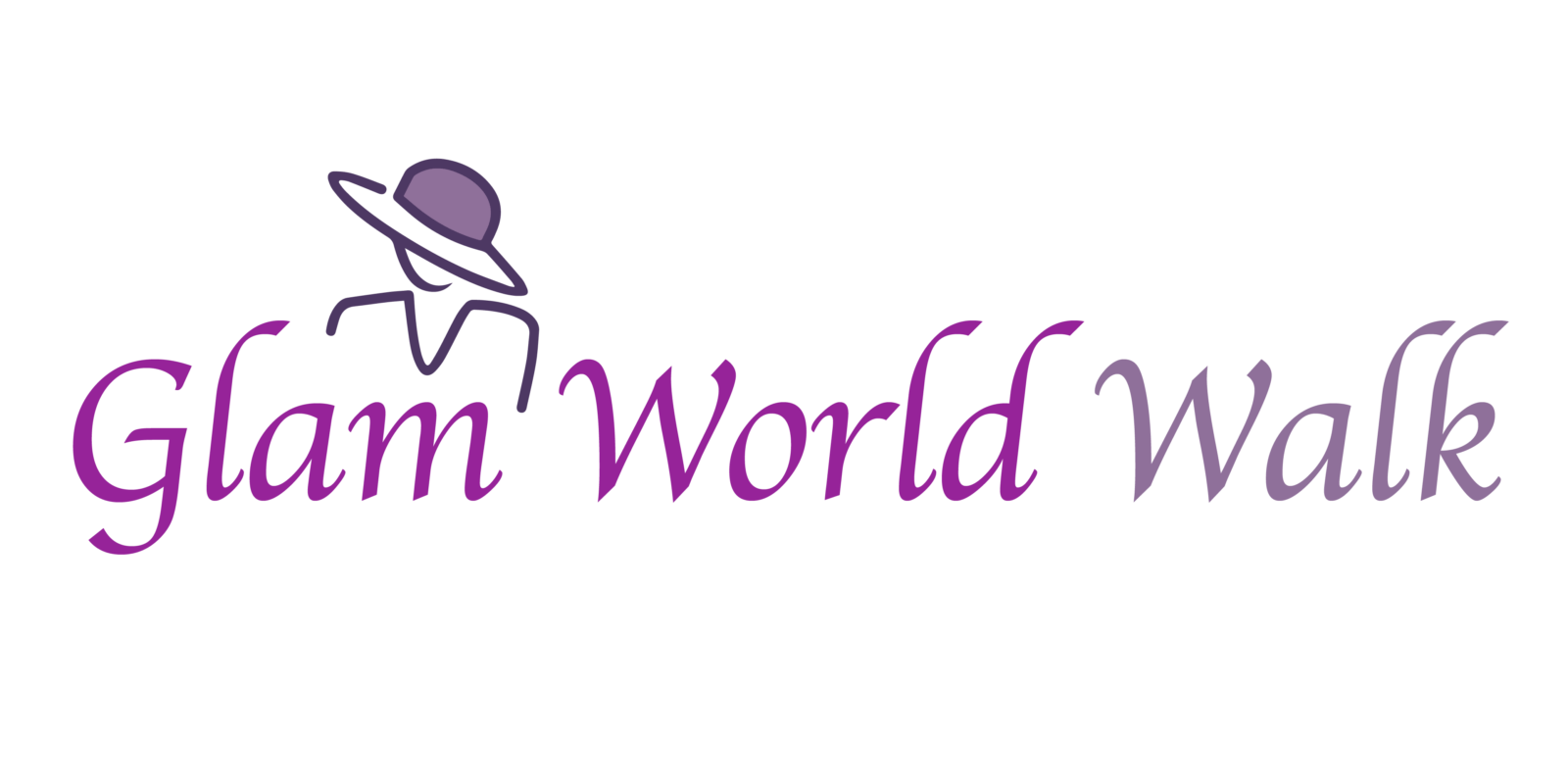
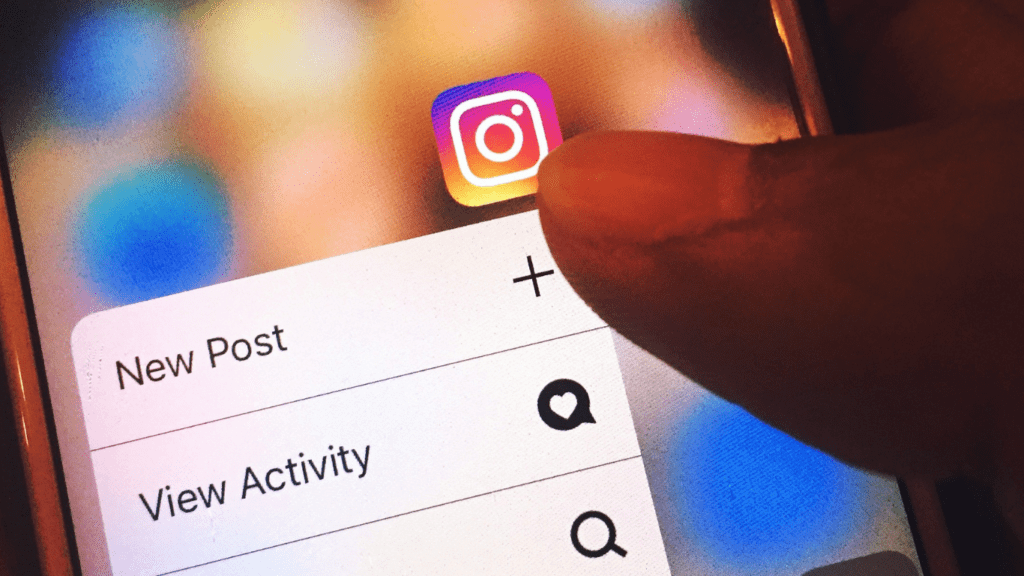
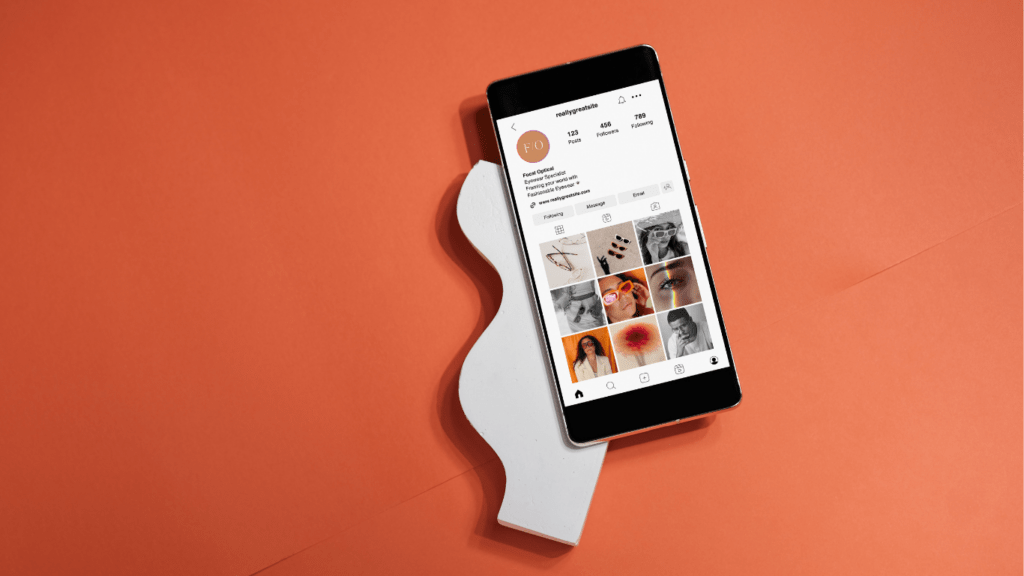
 Senior Fashion & Beauty Writer
Eric Camp, a seasoned writer and fashion expert, lends his sharp eye for trends and beauty to Glam World Walk. With a background in luxury retail and editorial work, Eric dives deep into the latest runway trends, offering readers insightful takes on the intersection of style and culture. His beauty product reviews and fashion industry analyses make him an indispensable part of the team, keeping readers ahead of the curve on all things chic and stylish.
Senior Fashion & Beauty Writer
Eric Camp, a seasoned writer and fashion expert, lends his sharp eye for trends and beauty to Glam World Walk. With a background in luxury retail and editorial work, Eric dives deep into the latest runway trends, offering readers insightful takes on the intersection of style and culture. His beauty product reviews and fashion industry analyses make him an indispensable part of the team, keeping readers ahead of the curve on all things chic and stylish.